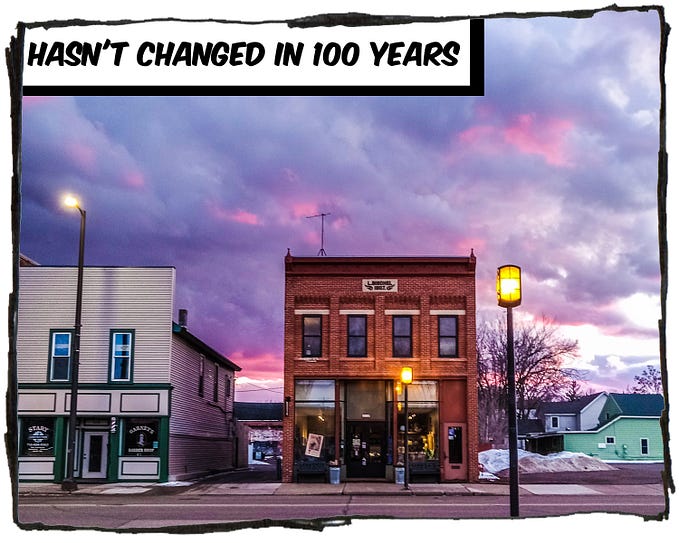Member-only story
Why We Can’t Stop Clicking on Bad News
Understanding our fascination with negative news

Ever heard the phrase “if it bleeds, it leads”?
It means, basically, that “sensational, violent stories are to be prioritized.”
Everyone who writes headlines for news stories or online articles knows that people seem to like to click on the bad-news stories. And, in an environment where the number of clicks drives revenue and advertising, you can bet that media (especially for-profit journalism) will give the people what they want to click on.
But why? Why do we all want to click on the links that are mad, bad, and almost always sensational?
What the research says
Readers’ desire to focus on bad news is not actually news. Long before our present (even more) divisive social debates and political affiliations, researchers were trying to understand why “bad news dominates the headlines.”
In 2014, two researchers at the McGill University in Canada designed an experiment to measure people’s reactions to news headlines. The researchers did not tell participants that they were studying their news preferences; instead, they told them they were tracking their “eye movements.” They asked their participants to read subjects of their choice from a news website, watch a short video on a different subject that was meant simply as a “filler activity” to distract them, and then ask those same participants what type of news they preferred.
Their findings? People tended to read stories with negative subject matters and tones. But when they were asked about what they liked to read? A majority reported that they preferred good news.
Even more tellingly, the researchers found that people who reported being most interested in current events and the news were “particularly likely to choose negative stories.”
This is not a new area for study. Back in 2008, a Washington Post blogger also highlighted a 2003 study that looked at journalism and newspaper headlines from the 1700s through 2001. That study also concluded that, during that long period, “stories about death, injury, robberies and murder dominated the front-page headlines.”







